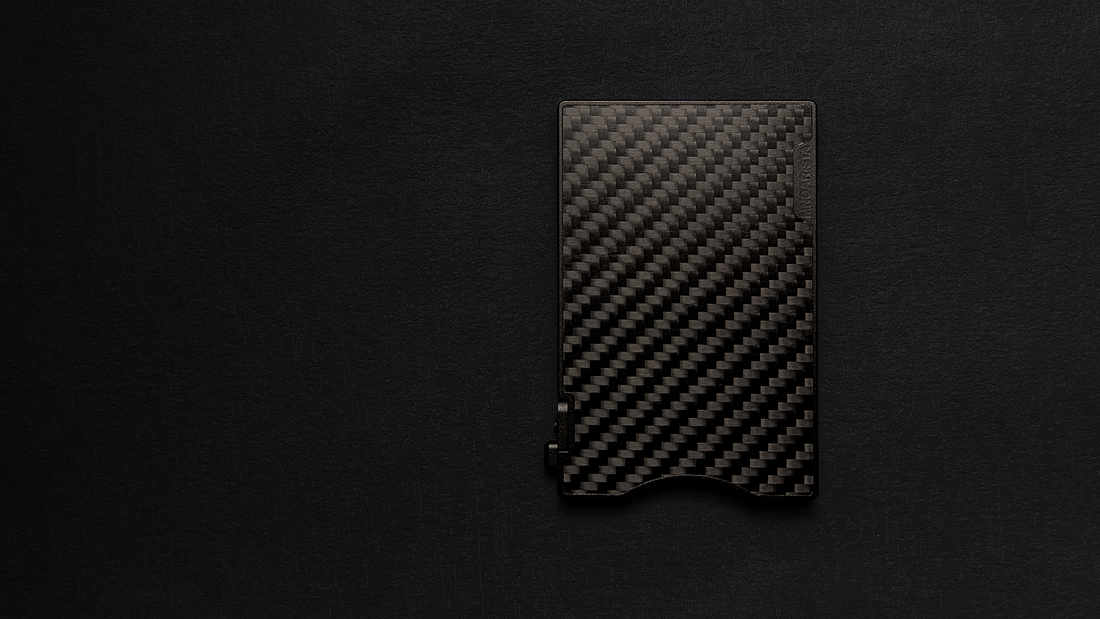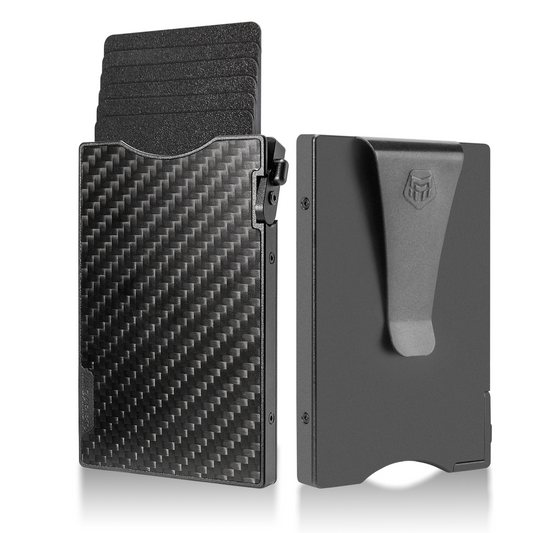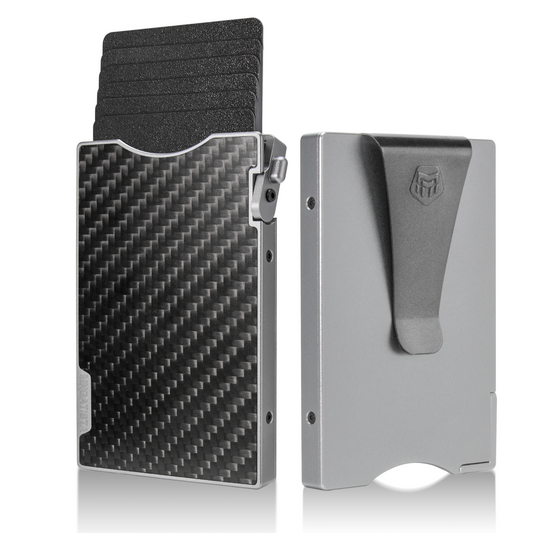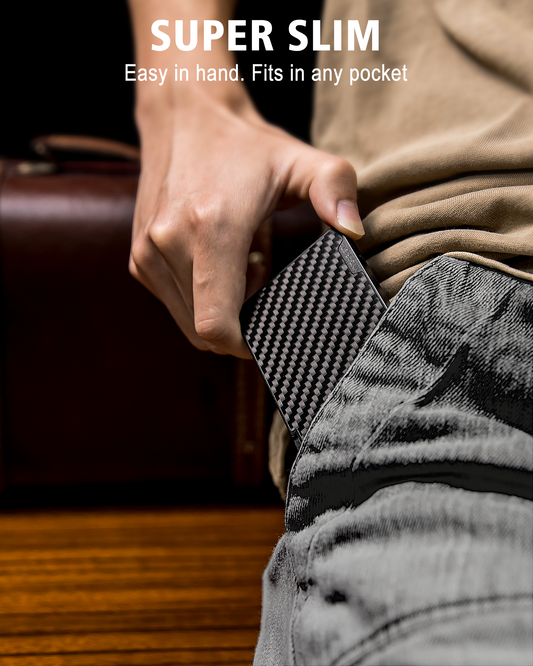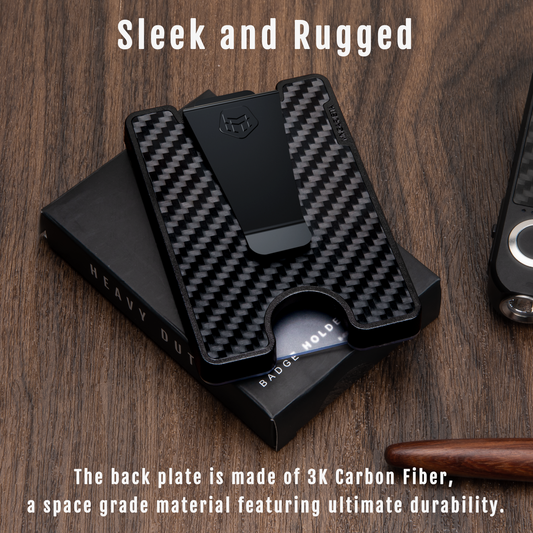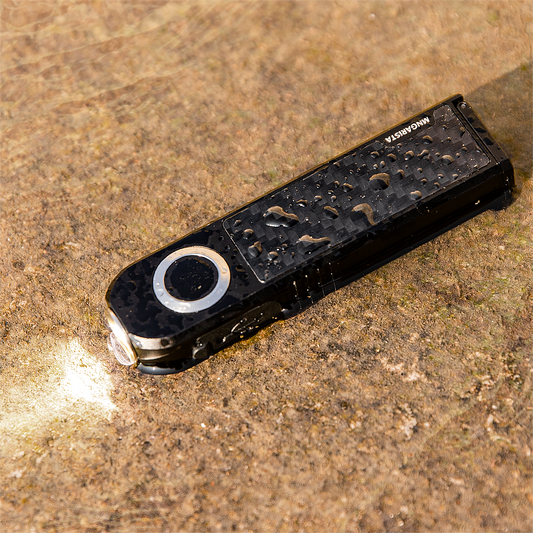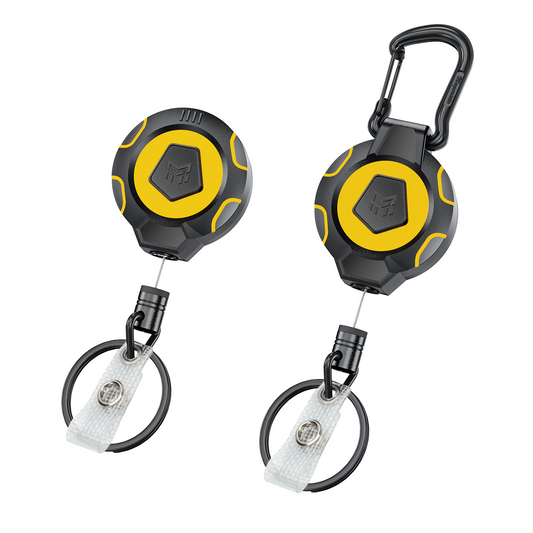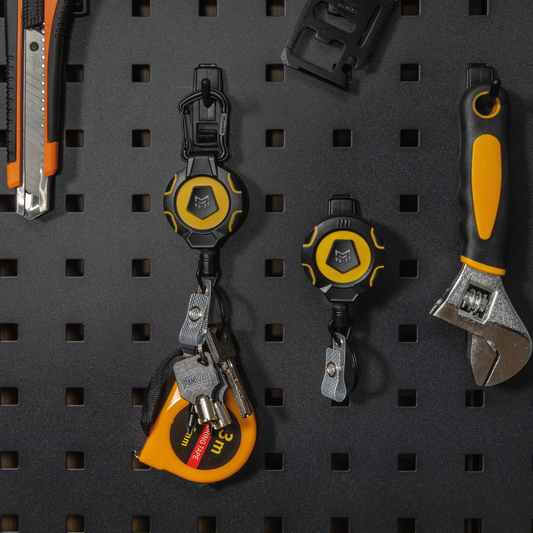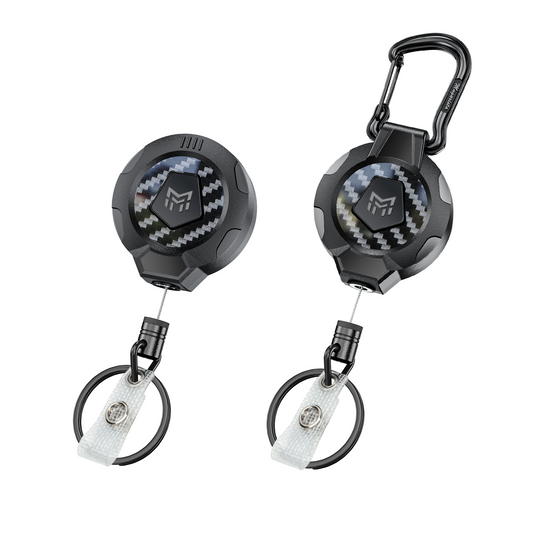Introduction
Carbon fiber is a material made from carbon atoms formed into crystalline structures, bonded together in the shape of fine filaments. It has been in existence for over 150 years, and with advancements in manufacturing processes over the past half-century, it has achieved exceptional strength-to-weight and stiffness-to-weight ratios. As a lightweight, high-strength advanced material, it has demonstrated unique value in various high-tech fields, including aviation, making it a popular material in some of today's great technological advancements. This article will take you through the historical origins of carbon fiber, modern manufacturing processes, its classification, and widespread applications.
Origins and Evolution
The history of carbon fiber can be traced back to the mid-19th century. In 1860, Joseph Wilson Swan first manufactured carbon fiber for early incandescent light bulbs. In 1879, Edison adopted cellulose-based carbon fiber filaments for light bulb materials, but as tungsten became the preferred filament material, carbon fiber was phased out in the light bulb industry. In 1958, Roger Bacon in the United States accidentally produced petroleum-based carbon fiber, but the finished product contained only 20% carbon, lacking the high rigidity and strength seen in contemporary products, and it was also costly to manufacture. Over time, researchers in Japan improved carbon fiber preparation methods in the 1960s, producing carbon fibers with around 55% carbon content, significantly enhancing their performance and laying the foundation for the widespread use of carbon fiber. In 1963, British Ministry of Defence scientists applied for a patent for carbon fiber manufacturing, producing products with greater strength using this process. After the 1970s, new types of carbon fiber with up to 95% carbon content emerged on the global market, showing significant improvements in tensile strength and elastic modulus compared to earlier versions.
Modern Manufacturing Processes
The preparation of carbon fiber has gone through multiple stages, and today, the manufacturing process is mature and stable.
Modern manufacturing processes involve several key steps: raw material preparation, fiberization, stabilization, carbonization, heat treatment, and surface treatment. Initially, in the raw material preparation stage, suitable organic polymers such as polypropylene are selected as the base material. Subsequently, fiberization occurs through spinning and stretching processes to form the initial fiber structure, which is then refined to become finer, longer, and stronger. The stabilization stage includes oxidation treatment and high-temperature heat treatment to enhance the fiber's thermal stability. Next is the carbonization stage, where non-carbon elements are removed through high-temperature carbonization, forming a carbon chain structure. Heat treatment further improves the fiber's mechanical properties. Finally, surface treatment, through methods like oxidation and coating, enhances the surface performance and adhesion of carbon fiber with other materials. Each of these steps in these phases has a critical impact on the final performance of carbon fiber, ultimately yielding high-quality products.
Classification
Are you familiar with the "3K" designation?
In carbon fiber grading, the 'K' stands for 'kilo,' representing different levels of carbon fiber classified based on their specific properties, indicating the tensile strength per square inch in kilopounds (KSI). In short, the higher the 'K' value, the greater the strength and stiffness of the carbon fiber. These grades help users and manufacturers select the most suitable carbon fiber for specific applications.
Common carbon fiber grades include 1K, 3K, 6K, and 12K. Each grade offers unique advantages and is suitable for specific applications.
1K (1,000 PSI): Typically used for applications requiring flexibility and a smooth surface finish, such as decorative components.
3K (3,000 PSI): A general-purpose grade with a balance of strength and lightweight, widely used in aviation, automotive, and sports equipment.
6K (6,000 PSI): A higher-strength grade suitable for applications requiring increased durability and load-bearing capacity.
12K (12,000 PSI): Offers exceptional strength and stiffness, suitable for high-performance sports equipment and demanding industrial applications.
Applications
The rigidity of carbon fiber, coupled with less than half the weight of aluminum and a stiffness-to-weight ratio over ten times that of steel or aluminum, makes carbon fiber widely applicable in various fields.
For example, audio engineers can utilize the strength, durability, and natural resonance of carbon fiber to make musical instruments and audio equipment respond faster and weigh less.
In the aerospace industry, it is used to manufacture lightweight aircraft and spacecraft structures; aerospace engineers can reduce tool weights by 50% or more by substituting carbon fiber. Unmanned aerial vehicles (UAVs) and large aircraft benefit from the lightweight characteristics and stylish appearance of carbon fiber.
Medical imaging equipment benefits from the sufficient strength and stiffness of carbon fiber, maintaining critical dimensions under load even after exposure to high doses of X-rays and gamma radiation without deterioration over time.
In the automotive industry, it is used to manufacture lightweight components to improve overall vehicle performance; bicycle manufacturers can significantly enhance the strength and durability of products while reducing weight.
Apart from the mentioned fields, carbon fiber finds extensive applications in sports equipment, bulletproof materials, shipbuilding, the energy sector, and more.
Conclusion
The rigidity and lightweight characteristics of carbon fiber enable engineers to innovate, allowing manufacturers to create stylish, modern, and more durable equipment and furniture for the next generation of consumer goods and manufacturing. The future of carbon fiber holds even more possibilities, and we look forward to its broader application in innovative technologies and sustainable development.

